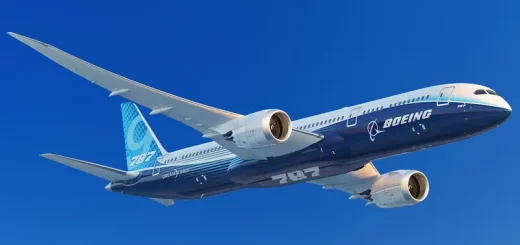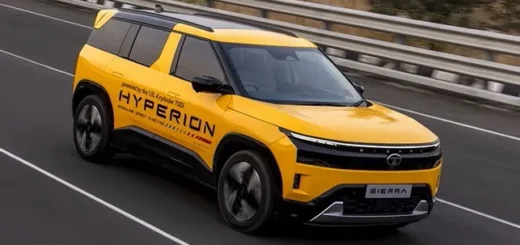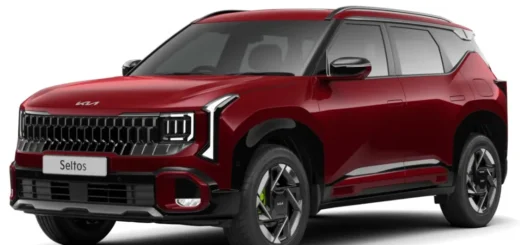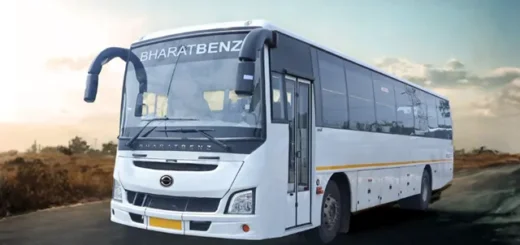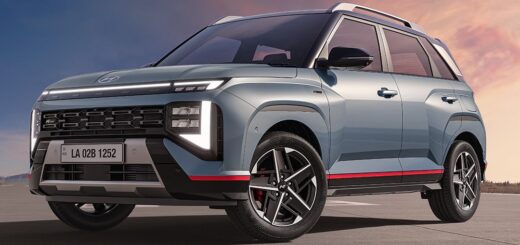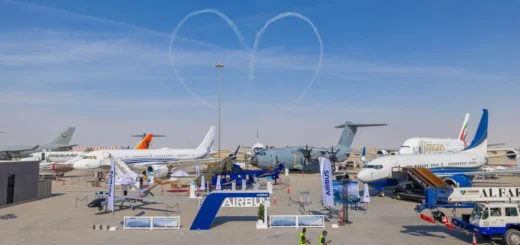Boeing 777 and 787-10 ecoDemonstrator aircrafts to test 19 technologies this year
For the first time, Boeing is using an ecoDemonstrator ‘Explorer’ aircraft – a 787-10 Dreamliner – to demonstrate improved operational efficiency and emissions cut by up to 10 percent.

Boeing’s ecoDemonstrator is a test flight research program that employs dedicated aircrafts for develop and test latest technologies and innovations in aviation in an operational environment, may it be for enhancing efficiency and environmental sustainability or improving airlines or passenger experiences.
Since the start of the program in 2012, the company has used nine airplanes as flying test beds for over 250 technologies including aerodynamic winglets of the 737 MAX and sustainable aviation fuel (SAF), to name a few. About a third of these technologies have been successfully incorporated into its new products and services, claims Boeing.
Last year, a Boeing 777-200ER (Extended Range) aircraft was used as an ecoDemonstrator to test over 30 new technologies including additively manufactured auxiliary power unit (APU) exhaust duct support panel and engine bracket, vortex generators on the wings for aerodynamic efficiency, and SkyLens heads-up display and enhanced vision system (EVS) camera.
Also Read: Air India inducts its first-ever, latest-gen A321neo aircraft
Recently, Boeing has announced that the 777-200 ER will continue to test 19 technologies in 2023 including the following:
- Highest available blend of SAF for test flights, continuing the research since the last couple of years
- Sustainable wall panels in the cargo hold made of recycled carbon fiber and organic resins
- Fiber optic fuel quantity sensor compatible with 100 percent SAF
- An Electronic Flight Bag application for reduced operational costs and safe taxi operations of the aircraft.
This apart, Boeing is adding ‘Explorer’ aircrafts from this year to test specific technologies. The first such Explorer is a 787-10 Dreamliner, which is scheduled to for trials next months.
The aircraft will conduct flight tests from Seattle to Tokyo, Singapore and Bangkok to demonstrate how coordinating navigation across global airspace can improve operational efficiency. Boeing and air navigation service providers (ANSPs) will collectively sequence the airplane’s routes to achieve the optimal flight path across multiple regions, factoring in conditions such as weather, air traffic and airspace closures.
Boeing claims that this trial can reduce the airplane’s fuel use and emissions by up to 10 percent. The Explorer aircraft will also be running on the highest blend of SAF available at each location.

